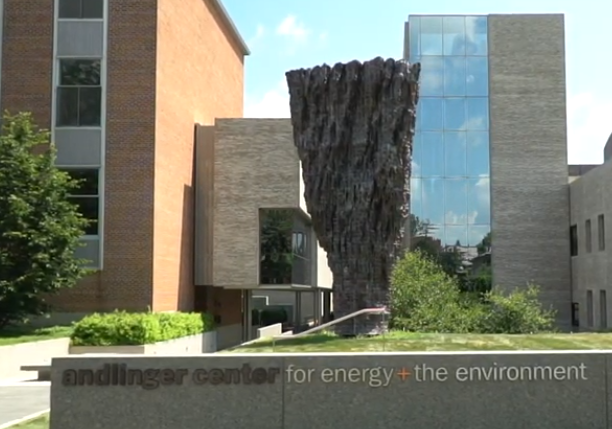Majority of Colleges find ways to Avoid Tuition Discounts

With many higher education institutions announcing online or virtual instruction this upcoming fall semester, college students and parents urged institutions to slash tuition to make up for the loss of in-class instruction. While several notable universities have complied, the majority of institutions have not backed down from charging full tuition pricing.
According to Inside Higher Ed, the prominent outliers in slashing tuition costs for the fall 2020 semester are Princeton University, Georgetown University, and Johns Hopkins University. Other institutions on the list of slashed pricing are Southern New Hampshire University, Paul Quinn College, Spelman College, Rowan University, National University, and Lafayette College.
Princeton University said it will offer a ten percent discount on tuition for 2020-2021 enrolled students in undergraduate courses and that it will not charge activities fees. Georgetown University noted that it will cut tuition by ten percent for students not on campus for the upcoming academic year. Johns Hopkins announced that it will reduce tuition by ten percent, while preventing incoming freshman students from living on campus.
Missing from the list of lower tuition pricing are state flagship universities and other Ivy League institutions. Institutions such as Harvard University and University of California-Berkeley told their students that they will charge full tuition pricing for online courses, which was a stark contrast to the aforementioned nine institutions which offered some tuition pricing cuts. Cornell University, an Ivy League institution, will go forward with a pre-pandemic planned tuition increase.
It is disappointing to note that among the thousands of higher education institutions, only nine institutions have announced some level of tuition cuts, zeroing-out of student or activity fees, and pro-rated housing costs. The coronavirus pandemic exposed higher education’s inability to quickly adapt or adjust when it comes to tuition pricing and bureaucratic changes. Time will tell whether higher education institutions will have to change their bureaucratic and revenue model going forward as students choose junior colleges, community colleges, or apprenticeships over a four-year college degree.




